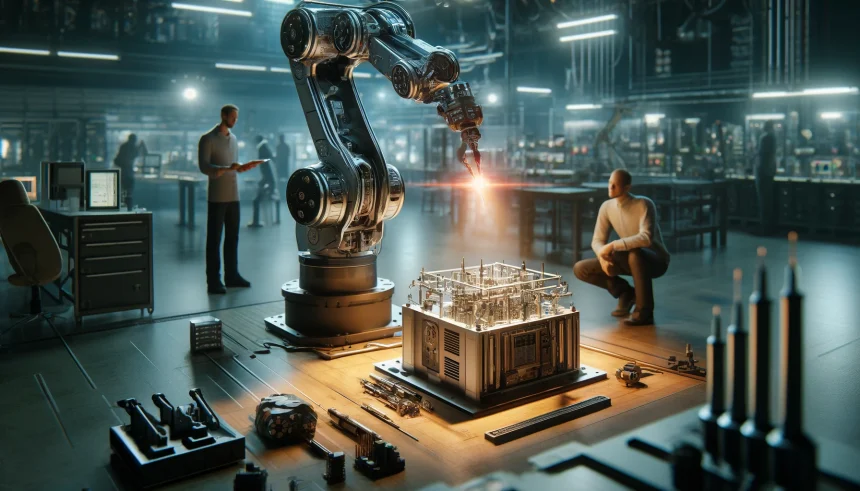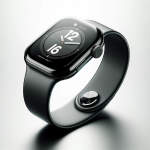ETRI’s latest breakthrough is set to revolutionize robotic interaction with the world. By creating tactile sensors that can detect pressure from any direction, they aim to mimic the dexterity and sensitivity of human fingers. This innovation promises to enhance the precision and functionality of robots in diverse applications, from manufacturing to daily human interactions.
The omnidirectional tactile sensor, developed by ETRI, is designed to fit into robotic fingers, emulating the shape and stiffness of human digits. Launched within the context of a strategic collaboration with Wonik Robotics, this sensor technology can handle a wide range of objects, from rigid to very soft. The tactile sensors were introduced at the Smart Factory & Automotive Industry Exhibition held at COEX in Seoul.
Research into tactile sensors has progressed significantly over recent years. Current advancements allow sensors to overcome previous limitations, such as distorted pressure signals based on the grasp direction. The new sensors can detect pressure in three dimensions and are integrated with flexible air chamber sensor technology, high-resolution signal processing circuits, and intelligent algorithms for real-time object stiffness assessment.
Technical Innovations
ETRI’s team enhanced precision in pressure detection by incorporating LED lights that change color in response to pressure variations. This feature provides users with intuitive feedback and includes vibration detection and wireless communication to improve human-robot interaction. Unlike traditional sensors that are exposed to the pressure point, these sensors remain protected, ensuring long-term stability and broad application potential.
Past reports on robotic tactile sensors highlighted limitations like directional sensitivity and signal distortion. ETRI’s technology presents a significant improvement by enabling consistent pressure detection irrespective of direction. Earlier, robots struggled with delicate tasks due to the inaccuracies of their sensors. ETRI’s innovations address these issues, allowing for more precise and sophisticated robotic operations.
Comparatively, previous technologies lacked the integration of multiple advanced features like omnidirectional sensing combined with real-time algorithmic processing. Unlike past efforts that focused on one or two aspects of sensor technology, ETRI’s comprehensive approach covers flexibility, precision, and real-world applicability, marking a substantial leap forward in the field.
Implications and Future Work
– The new sensor technology can significantly improve the precision of robotic tasks.
– Enhanced human-robot interaction is expected due to real-time feedback capabilities.
– Long-term stability and broad scalability open new applications for robotics.
Looking ahead, ETRI’s development of tactile sensors is poised to drive innovation in ultra-precise object recognition and manipulation. The anticipated commercialization in late 2024 will likely mark a pivotal moment for the robotics industry, enabling robots to undertake more complex and delicate tasks efficiently. Future work includes developing a complete robotic hand with integrated sensors to perceive and handle objects with human-like dexterity and even surpass human sensory abilities. This progress could transform sectors such as manufacturing and healthcare, where precision and delicate handling are critical.










